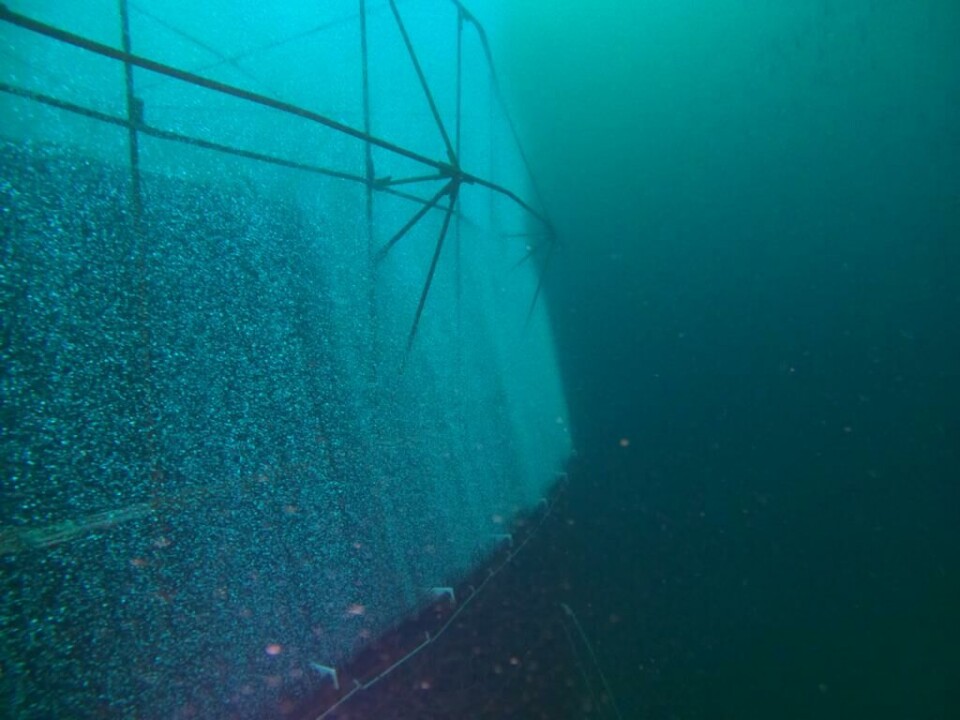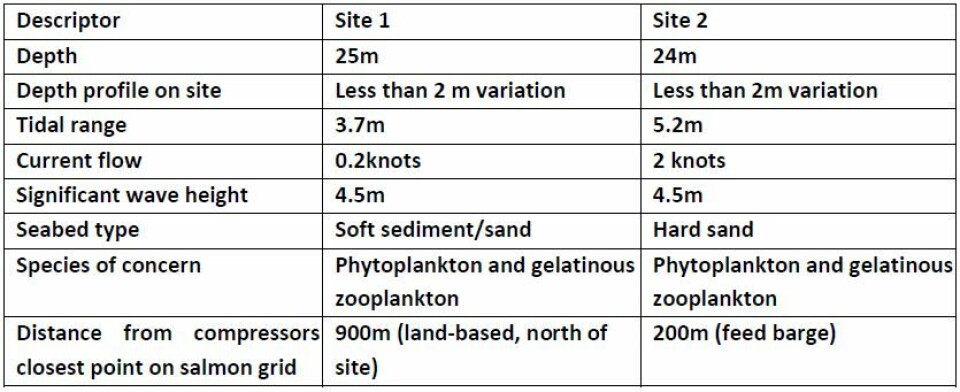
Irish farms to test Chilean algal bloom bubble barrier
Chilean technology that uses a microbubble barrier system to protect farmed fish from jellyfish and algal blooms is to be trialled at two salmon farms in Ireland.
A consortium formed by Chilean firms Low O2 and PSP Soluciones successfully tendered for a contract from Ireland’s seafood development agency, Bord Iascaigh Mhara (BIM), which wants to test the efficacy of such systems in Ireland’s more challenging sea conditions.
The project, which will start at end of July, involves the consortium supplying, installing and providing operational support for underwater microbubble barrier systems in two salmon farms at Donegal Bay and Clare Island, County Mayo. They will be installed at a depth between 20 to 22 metres and are intended to mitigate the passage of jellyfish and algal blooms and particulate from 4 microns upwards.

‘World leader’
Low O2 general manager Luis Sepulveda said: “We are very happy because this is the first project of this type implemented by a Chilean company in Ireland. Our company’s technology has been fully developed in Chile and this contract confirms Low O2 as the world leader in microbubble barrier systems and deep-water aeration.”
The project awarded by the BIM was specially developed for the conditions of the Irish Sea that are very different from those at farm sites in southern Chile. “Because of that our engineers had to work considering different types of cages, anchors, currents, depths and temperatures, among other conditions,” explained Sepulveda.
Increased output
A BIM spokesperson said one of the agency’s roles includes testing new technologies with potential for the Irish seafood industry to facilitate their rapid adoption and in the case of the aquaculture industry, to support increased output and reduce environmental impact.
“The modification of existing technologies in use internationally in countries with less challenged environmental conditions (i.e. strong waves and currents) than those in Ireland are tested. Previous examples of successful trials include the New Zealand continuous long-line system in the rope mussel sector and the adoption of desalination technology by the salmon farming sector,” said the spokesperson.

Varied conditions
“In recent years, salmon farming has experienced challenges in mitigating the harmful impact of phytoplankton species in northern Europe and beyond (Chile and Tasmania). One potential solution that has been regularly proposed and deployed is the creation of what is referred to as a ‘bubble curtain’ around fish pens. However, efficacy of such systems in exposed locations has not been proven and as a result BIM is undertaking trials of modified systems in 2021.
“Two trial deployment sites have been chosen, in counties Donegal and Mayo. These sites were selected on the basis of their varied local environmental conditions and depth to better inform and gain maximum return of information for the wider aquaculture sector in Ireland.”
The spokesperson said the project is of benefit to the entire sector since all trial results and learning will be shared.
BIM is contributing funds towards the capital cost of the project. Industry partners, who have not been named, are also contributing capital funding for certain components including skilled support, installation, monitoring and running costs of the technologies.























































